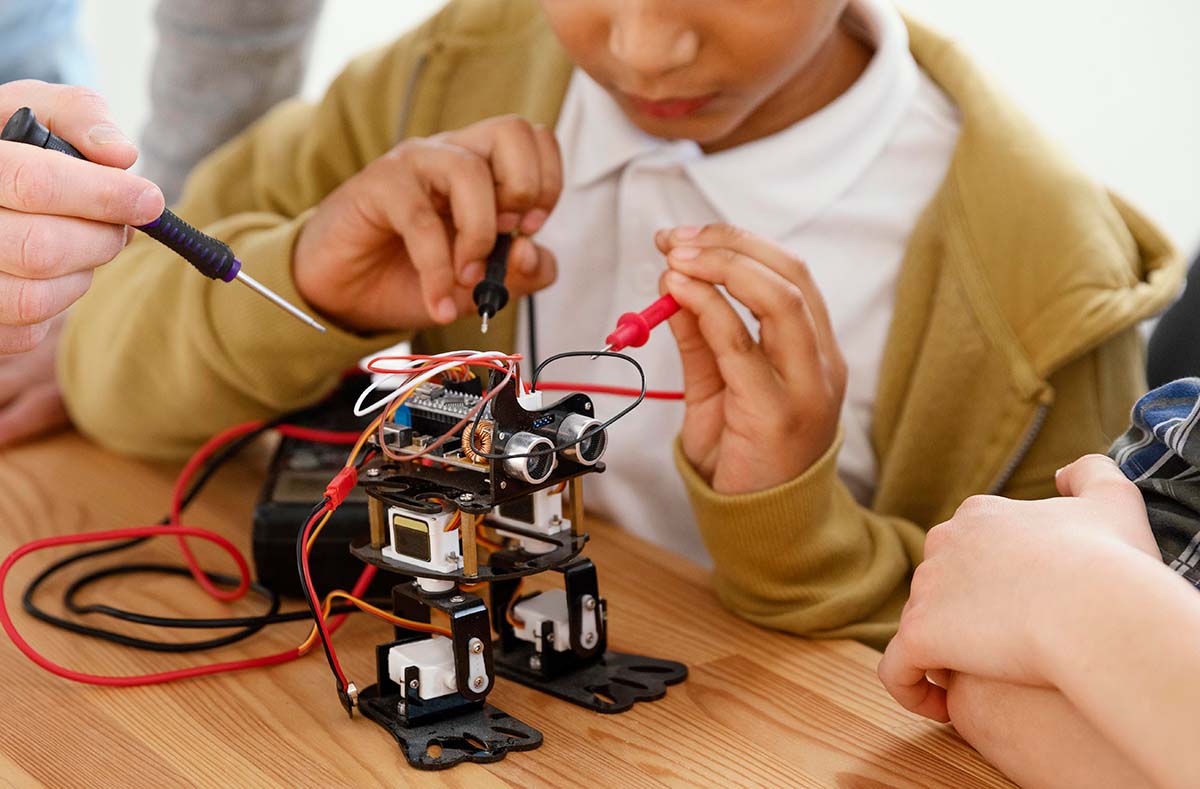The Internet of Things (IoT) is transforming our lives, and remote education is a significant part of how educational experiences are changing thanks to it around the world. But, how exactly have classrooms evolved since COVID-19 in terms of the IoT in education? And what are students’ responses according to recent research and data?
From partial to total school closures, learning processes were suddenly challenged less than 3 years ago, and an immediate and viable response was needed. This whitepaper offers a punctual and wide scope of the diversity that the IoT has brought to our online learning environments.
The latest technologies have been able to assist with more than just the well-known surge in video conferencing. Supported resources for teachers, re-designed curricula, and other real-time interactive tools are now an active part of learning.
Learn on this whitepaper how sensors, devices, and other applications have resulted in commercial IoT applications in education.
Four implementations of profound impact in IoT in education
The report will focus on four measures that have made a profound impact on educational institutions worldwide.
Starting with an analysis of a ZigBee/GPRS wireless network technology system that addresses the needs of low-power and low-cost wireless IoT networks, the reading expands on re-designed online college curricula, as well. This includes IoT implementations, such as new infrastructure with SensorBoard, a visual programming language, and cloud networks that connect to student devices. As a third element, the text goes over Arduino-based devices in the development of online virtual labs. Finally, the analysis also considers Virtual Reality-based Education Expansion (or VREX) as an initial attempt at combining IoT-based learning and virtual reality (VR).
While also looking into the main topic’s challenges and opportunities, this whitepaper expands on the use of IoT combined with blockchain technology and machine learning (ML) in university settings such as Pakistan, China, Oman, and Iraq, for example.
Download the report to read more on the flexibility, accessibility, and scalability that IoT brings to the learning table and stay updated on the latest tech that’s already helping students on a big scale!






